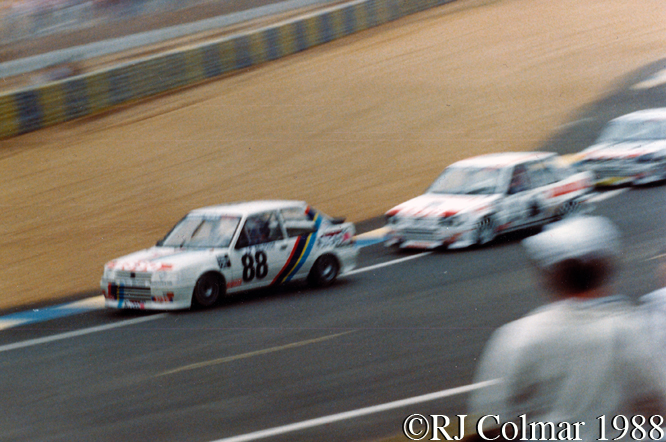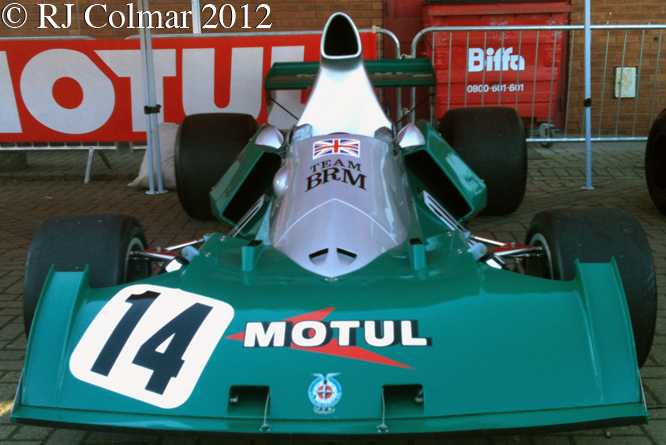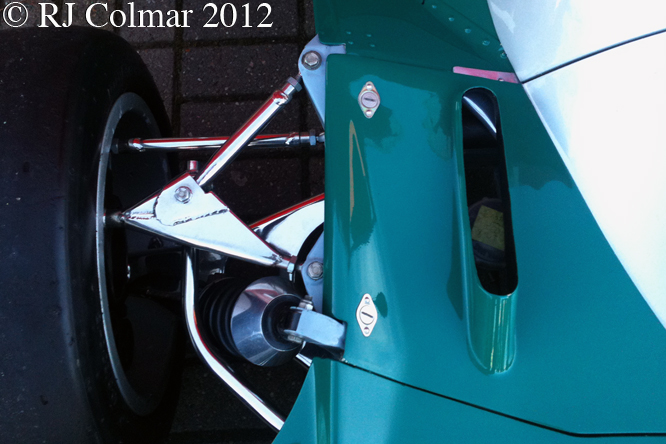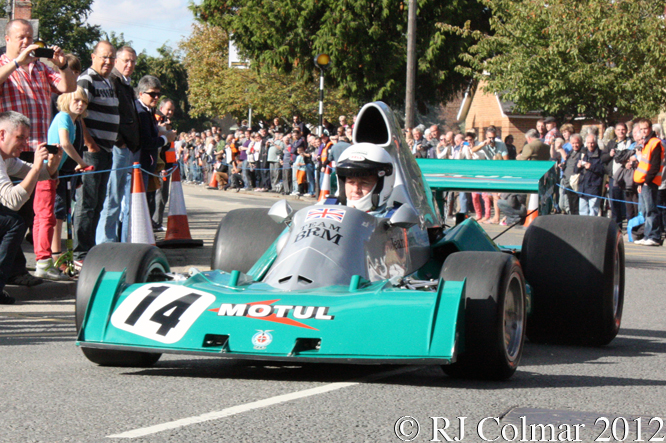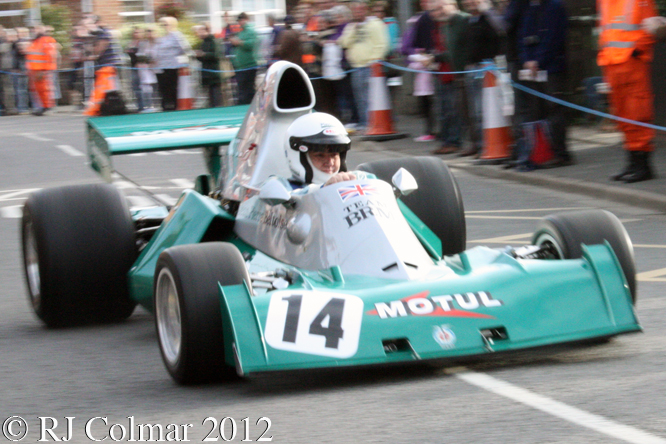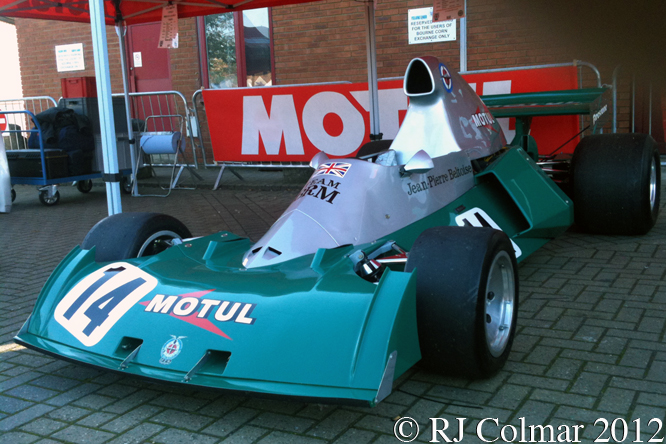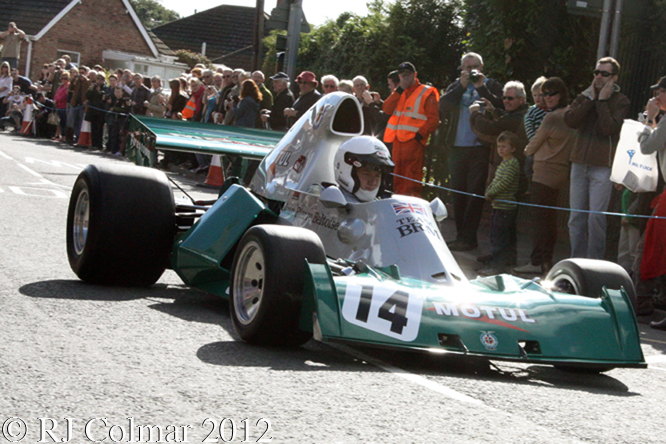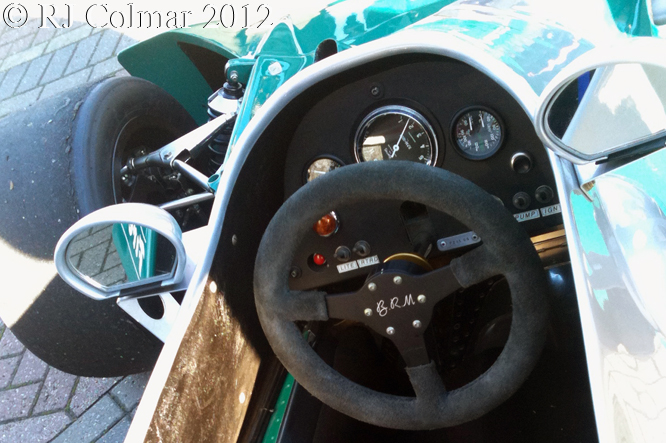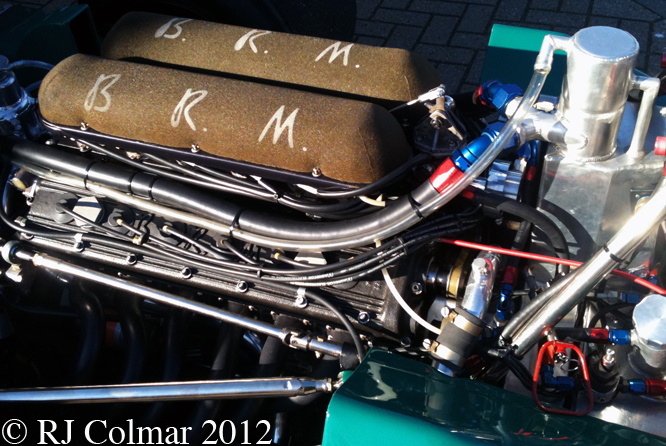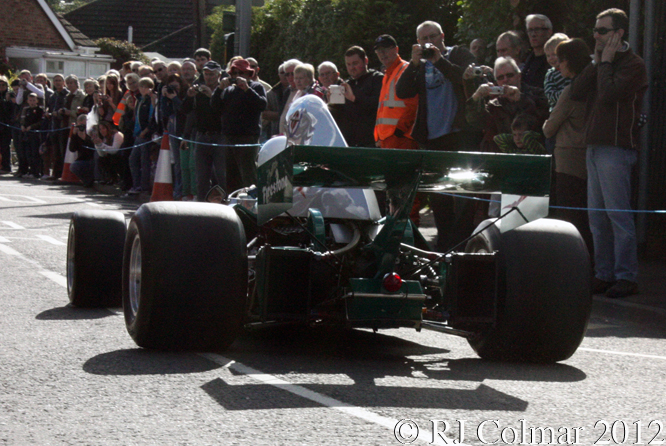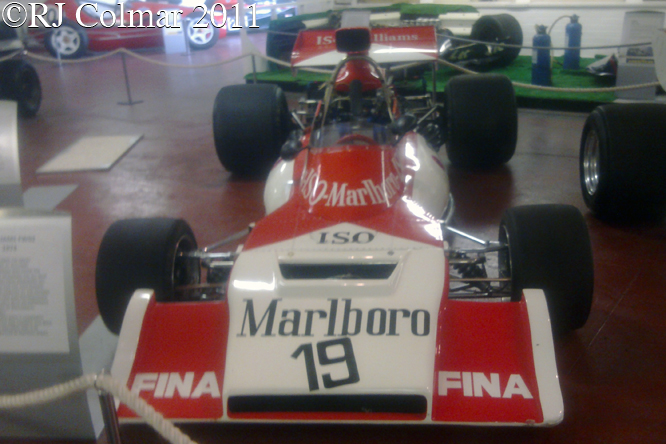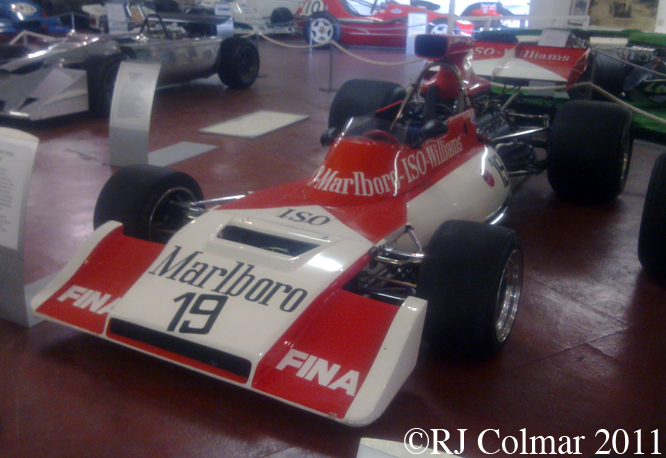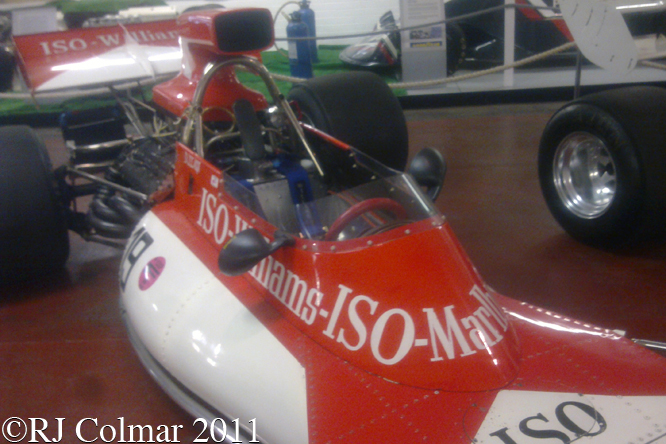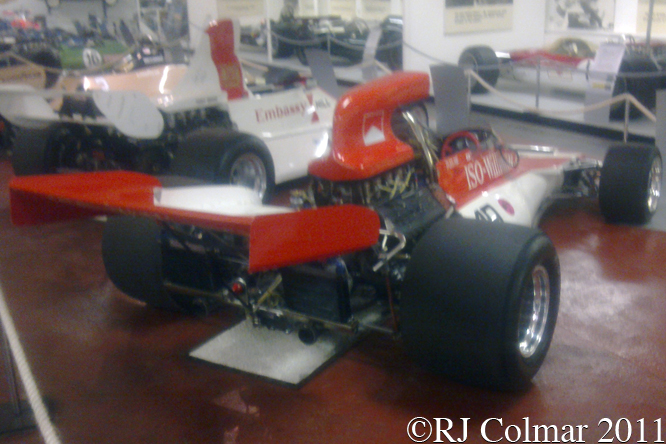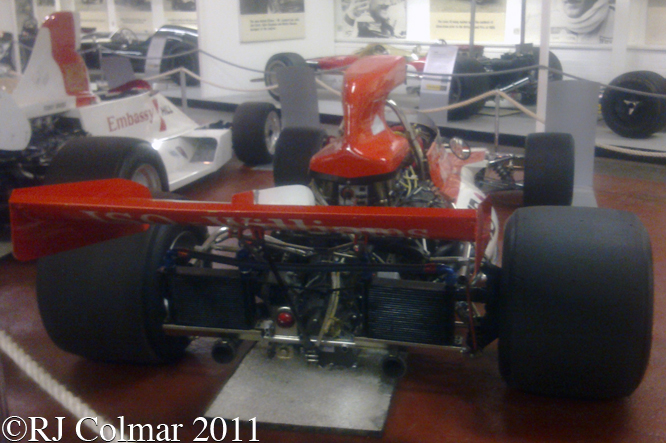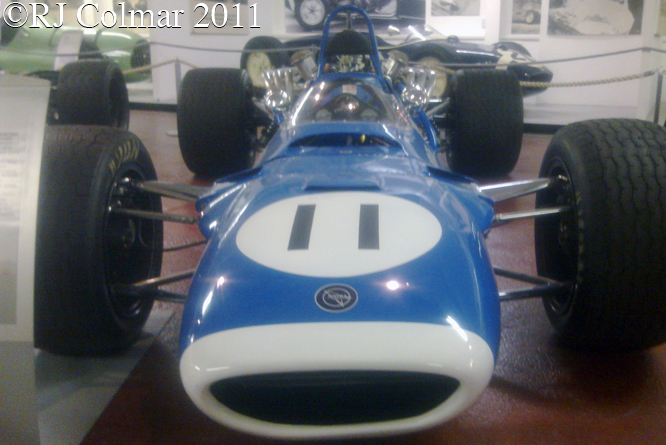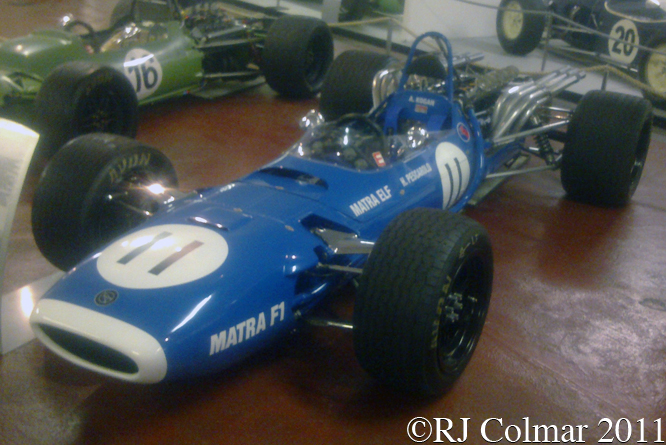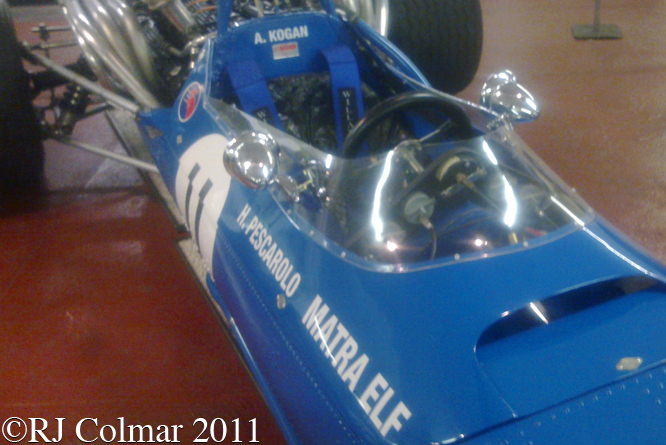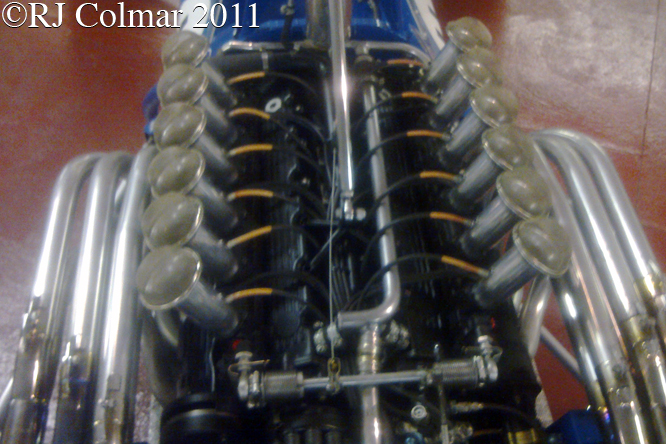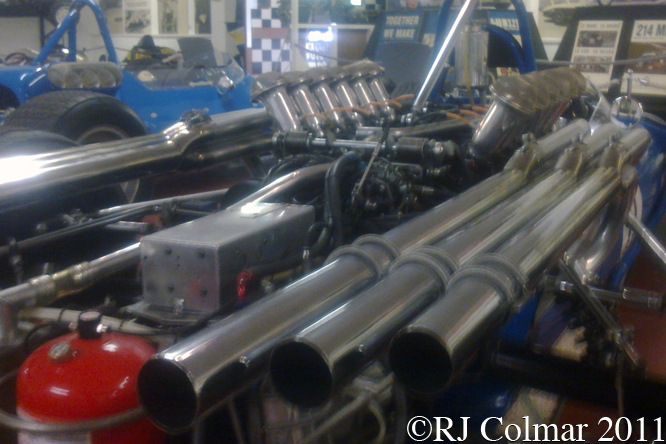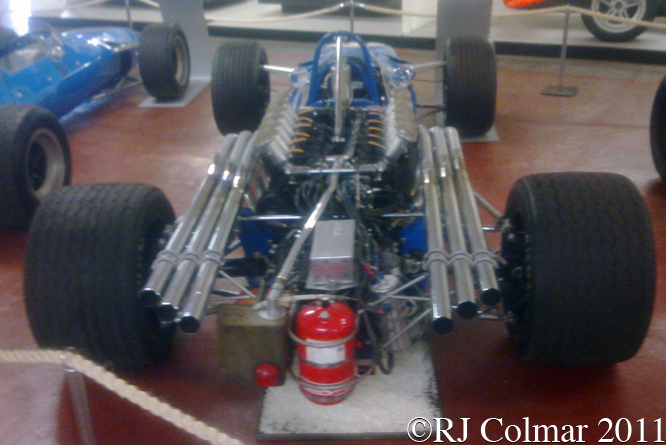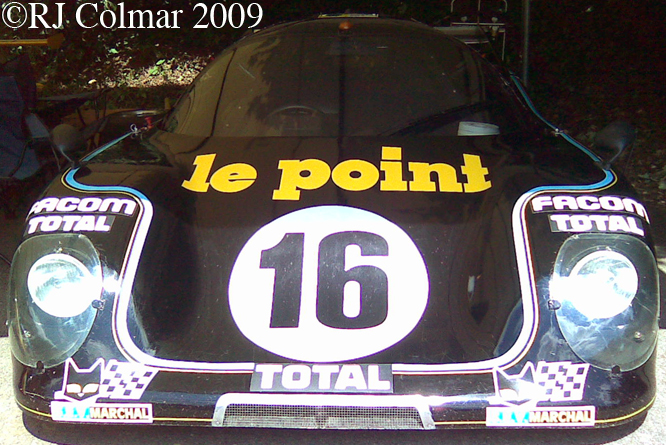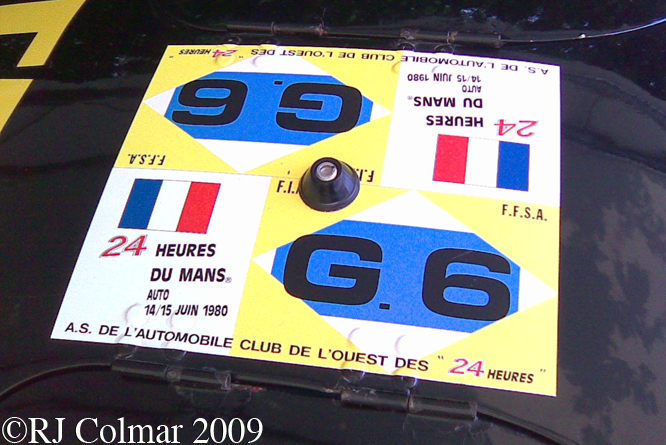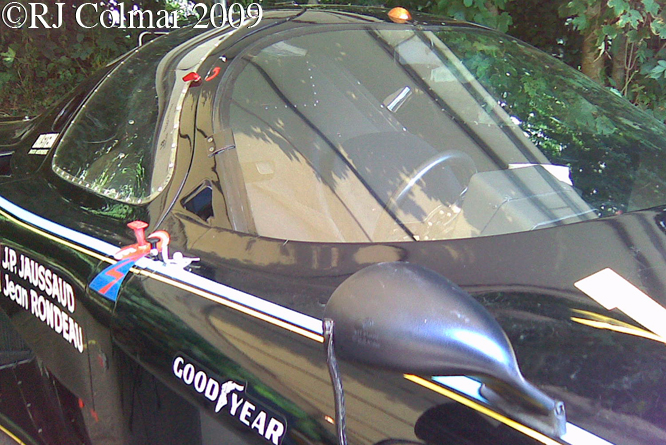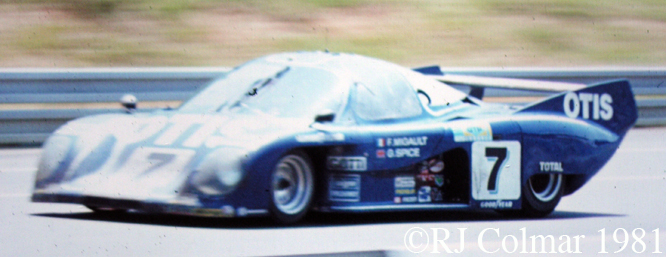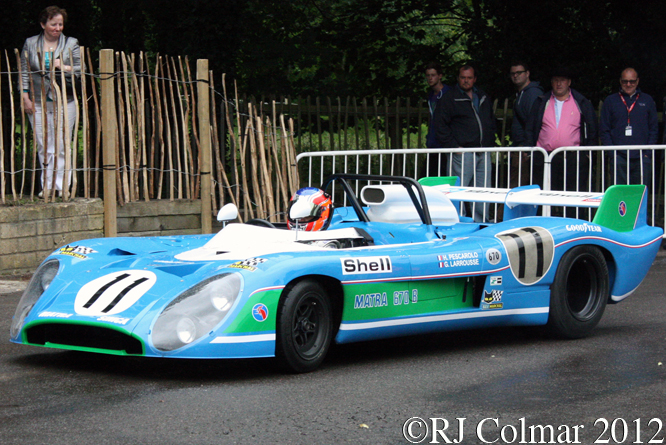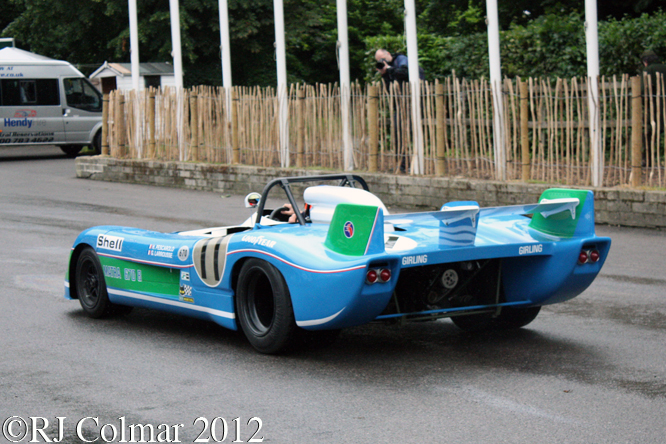In 1970 former international rugby player and construction magnate Guy Ligier set about founding a sports car manufacturing company bearing his own name.
The original production model was to be the JS2 with a chassis designed by Michel Tetu, who would later be part of the Renault Le Mans and Formula One campaigns and a body designed by Pietro Frua.
The JS2 was originally intended to be powered by a 2.6 litre / 158 cui Ford Cologne V6 but that had to be changed to the 3 litre / 183 cui Maserati V6 as used in the Merak and Citroën SM, when Ford thought it might build a rival in the form of the Ford GT70.
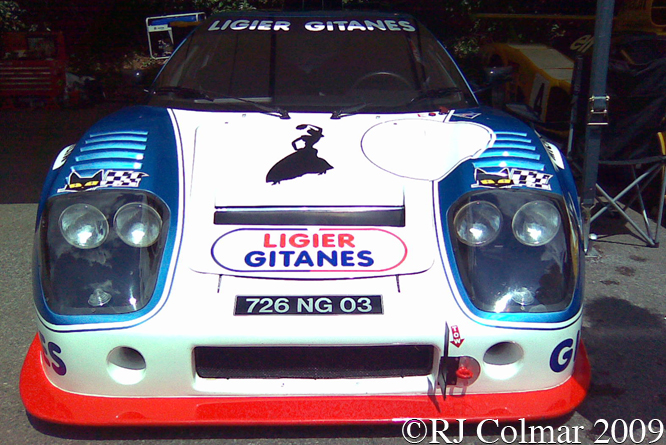
Production of the JS2 never reached sufficient numbers for the sporting authorities to consider the car for GT racing so instead racing versions were run as prototypes.
The racing JS2’s were built with aluminium chassis and raced with Maserati V6 engines which proved a tad underpowered and unreliable, although the teams perseverance was rewarded with a victory in the 1974 Le Mans 4 hour race for Guy Chasseuil and in the 1974 Tour de France Automobile where Gérard Larrousse, Jean-Pierre Nicolas and Johnny Rives drove the winning JS2.
A second place finish for today’s featured chassis #2379 72 03 driven by Bernard Darniche and Jacques Jaubert emphasised the team’s mastery of the 1974 mixed discipline event.
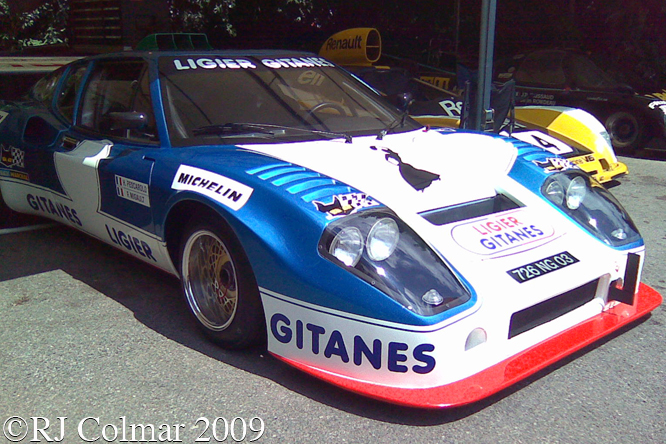
With new sponsorship from Gitanes for 1975 Ligier exploited the Prototype regulations more fully by producing a silhouette JS2 body and fitting more powerful Ford Cosworth DFV motors to two of his three JS2 racing cars including today’s featured chassis.
The two DFV powered JS2s were sent to Mugello and Dijon netting a 7th for Jean-Pierre Beltoise and Jean-Pierre Jarier at the former and 6th for François Migault and Jean-Pierre Jarier at the latter.
Perhaps mindful of wanting to preserve their machinery for Le Mans only single car entries were sent to Monza and Spa where Beltoise and Jarrier finished 21st from 7th on the grid and François Migault and Jean-Louis Lafosse finished 12th from 5th on the grid respectively.
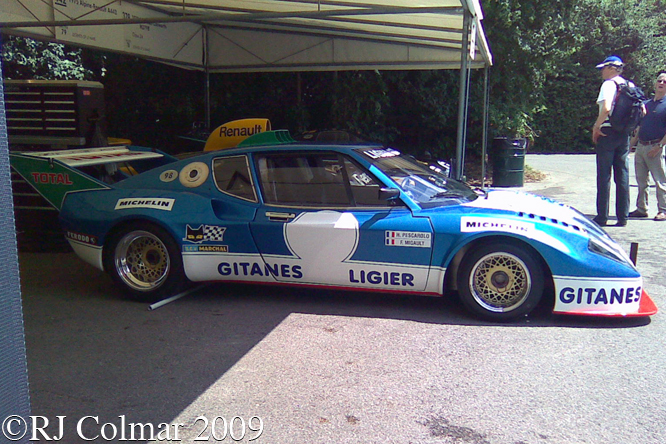
At Le Mans the two DFV powered JS2’s were joined by a third Maserati powered JS2 the latter to be driven by Beltoise and Jarier.
Unsurprisingly the Maserati was slowest of the three starting from 9th it was also the first of the three to retire after an accident.
Today’s featured car driven by Henri Pescarolo and François Migault qualified 5th but retired later in the race with a puncture.
The second DFV powered JS2 driven by Jean-Louis Lafosse and Guy Chasseuil qualified an impressive 3rd and survived to finish second only one lap down behind the Gulf GR8 shared by Derek Bell and Jacky Ickx.
After Le Mans 1975 Ligier retired from sports car racing in preparation for it Gitanes sponsored appearance in Formula One the following season.
Thanks for joining me on this “Not Quite A GT” edition of “Gettin’ a li’l psycho on tyres” I hope you will join me again tomorrow when I’ll be paying a visit to the National Motor Museum at Beaulieu. Don’t forget to come back now !


